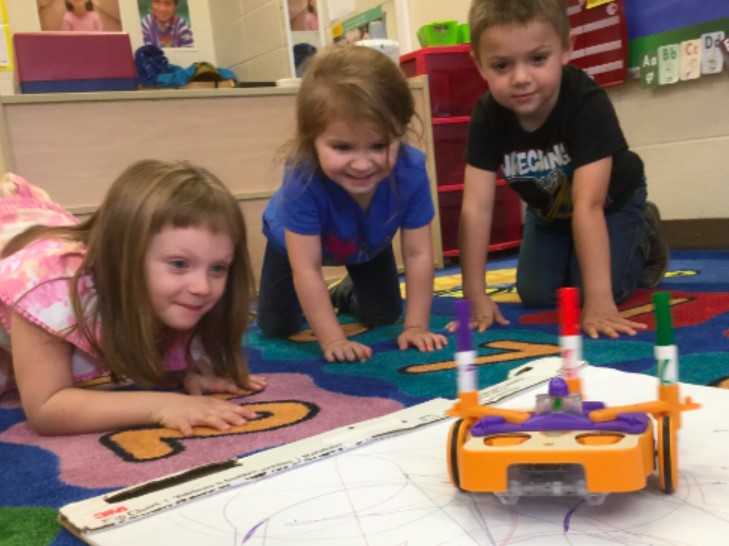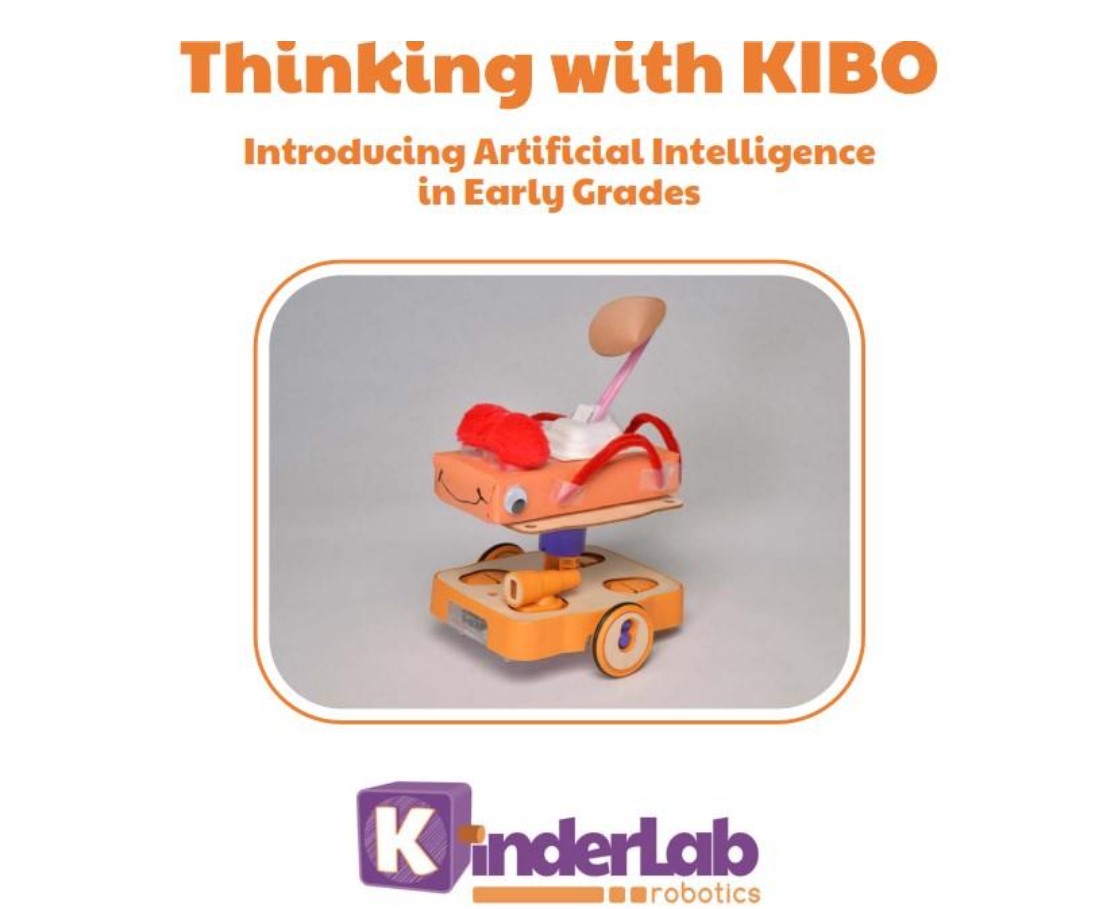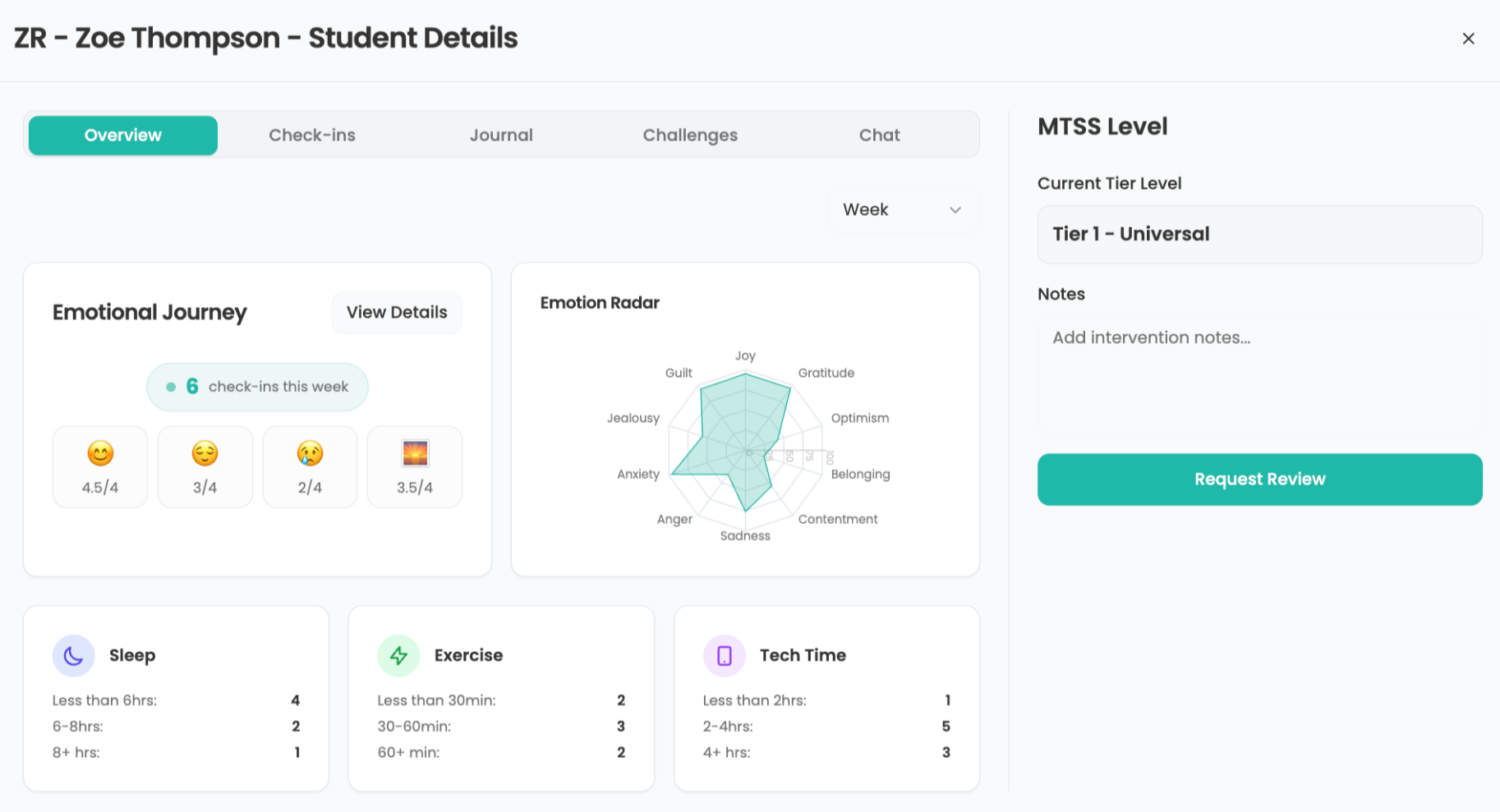Sponsored by KinderLab Robotics
PRODUCT SPOTLIGHT: KinderLab Robotics’ KIBO Brings Self-Directed STEAM and AI Learning to Young Children with “Thinking with KIBO”
KIBO Robots provide engaging hands-on STEM learning that fosters creativity and critical thinking. And it’s fun, too!

Teachers know that students learn best when they are interacting with their learning materials. And what works best in early childhood – hands-on experience with physical manipulatives and playful opportunities for self-directed knowledge construction – also works best for teaching AI.
One little robot, KIBO, is a research-proven method to explore computer science, engineering, creativity, and now AI concepts in early childhood STEM education.
The award-winning “Thinking with KIBO: Introducing AI in Early Grades” provides a unique opportunity for K-5 students to learn about STEM, coding, technology, computer science, and AI, through hands-on work with the screen-free KIBO robot. With 5 KIBO lessons, the curriculum is designed to help young students understand how AI works, what its limitations are, and how to think critically about how these tools can improve lives in their communities.
Through hands-on exploration with KIBO, advanced and abstract concepts like coding and AI become accessible to young kids, where they code, problem solve, collaborate, and develop computational thinking skills.
“The students in my class couldn’t wait to get their hands on the coding blocks that would make their KIBO robots go,” says Keri Goldberg, First-Grade Teacher, PS 321, New York City Public Schools. “The lessons had a true spirit of experimentation – there were no mistakes, just lots of trials, observations, and cheers to get back to work! I wouldn’t be surprised if the future programmers and scientists among them remember this experience as one that sparked their interest in coding and creative problem solving.”
Research Backed, Kid Tested, Teacher Approved
KIBO provides a nurturing educational environment in which children are encouraged to explore their curiosity freely. KIBO is not only fun, but it’s based on decades of early childhood development research. Kids love using KIBO because it’s not like a traditional educational exercise; they are engaged while collaborating, playing, and creating.
Educators love KIBO because coding and robotics can be easily integrated into classroom instruction with 160+ hours of standards-aligned lesson plans and curriculum to help incorporate STEAM elements into a wide range of curricula, supporting deep cross-curricular connections to: science, ELA, math, social studies, art, cultural studies, reading literacy, computer science and engineering.

So How Does KIBO Do All This?
KinderLab is an impactful resource for introducing young learners to the world of coding and robotics. Its hands-on, playful approach makes STEM concepts accessible and fun, fostering creativity and critical thinking. KinderLab Robotics’ KIBO is a useful tool for inspiring creation in early elementary.”
Tech & Learning's judges
KIBO comes with multiple wooden programming blocks that influence how the robot moves and interacts with the environment. Each block represents a different action for KIBO to take, from movement to sensory reaction. Children organize the blocks into a sequence to provide directions for the KIBO to perform what they want their robot to do.
“KinderLab has created a wonderful answer to the need for early age STEAM learning. KIBO was designed for children to build and code without requiring screen time,” says an Academics Choice Evaluator. “This element really sets KIBO apart from the rest. KIBO sparked a great conversation that led my boy into associating programming, engineering, and technology with not only KIBO, but everything around him. This robot would be a wonderful addition to any STEAM classroom or a child’s bedroom.”
In addition, KIBO can be outfitted with wheels, sensors, and decorations that can be swapped in and out depending on what a child wants the robot to accomplish. There are also art platforms, which allow children to exercise their creativity. With the many ways KIBO can be coded and constructed, the possibilities for KIBO are limited only by a child’s imagination.
KIBO wraps technology-based STEAM education up in a fun and interactive way for young kids to learn to code, create robot adventures, and become creative coders in ways other robotics can’t provide.
Tools and ideas to transform education. Sign up below.
